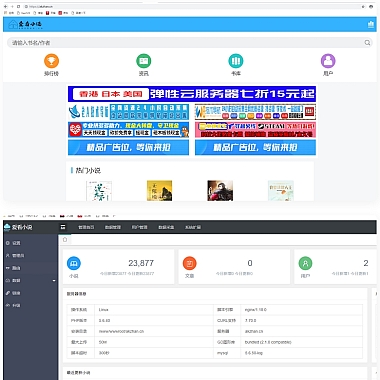Laravel 多对多_Laravel多语言
在Laravel框架中,处理多对多关系和实现多语言支持是两个常见的需求。如何在这两个方面进行有效的开发。
解决方案
- 多对多关系:通过定义中间表和关联模型来实现。
- 多语言支持:通过配置语言文件和使用翻译函数来实现。
实现多对多关系
定义模型和迁移
假设我们有两个模型:User 和 Role,它们之间存在多对多关系。我们需要创建相应的模型和迁移文件。
bash
php artisan make:model User -m
php artisan make:model Role -m
在生成的迁移文件中,定义表结构:
users 表
php
public function up()
{
Schema::create('users', function (Blueprint $table) {
$table->id();
$table->string('name');
$table->string('email')->unique();
$table->timestamp('email_verified_at')->nullable();
$table->string('password');
$table->rememberToken();
$table->timestamps();
});
}
roles 表
php
public function up()
{
Schema::create('roles', function (Blueprint $table) {
$table->id();
$table->string('name');
$table->timestamps();
});
}
role_user 中间表
php
public function up()
{
Schema::create('role_user', function (Blueprint $table) {
$table->unsignedBigInteger('user_id');
$table->unsignedBigInteger('role_id');
$table->foreign('user_id')->references('id')->on('users')->onDelete('cascade');
$table->foreign('role_id')->references('id')->on('roles')->onDelete('cascade');
$table->primary(['user_id', 'role_id']);
});
}
定义模型关系
在 User 模型中定义与 Role 的多对多关系:
php
class User extends Authenticatable
{
use HasApiTokens, HasFactory, Notifiable;</p>
<pre><code>protected $fillable = [
'name', 'email', 'password',
];
public function roles()
{
return $this->belongsToMany(Role::class);
}
}
在 Role 模型中定义与 User 的多对多关系:
php
class Role extends Model
{
use HasFactory;</p>
<pre><code>protected $fillable = ['name'];
public function users()
{
return $this->belongsToMany(User::class);
}
}
使用多对多关系
现在,你可以轻松地在控制器中使用这些关系。例如,获取某个用户的所有角色:
php
$user = User::find(1);
$roles = $user->roles;
或者给用户分配一个角色:
php
$user = User::find(1);
$role = Role::find(1);
$user->roles()->attach($role);
实现多语言支持
配置语言文件
Laravel 默认支持多语言,你只需要在 resources/lang 目录下创建相应的语言文件。例如,创建 en 和 zh 两个语言目录,并在每个目录下创建 messages.php 文件:
resources/lang/en/messages.php
php
return [
'welcome' => 'Welcome to our application',
];
resources/lang/zh/messages.php
php
return [
'welcome' => '欢迎来到我们的应用',
];
使用翻译函数
在视图或控制器中使用 __ 函数或 @lang 指令来获取翻译内容:
视图中
blade</p>
<p>{{ __('messages.welcome') }}</p>
<p>控制器中
php
return redirect('/')->with('message', __('messages.welcome'));
切换语言</h2
你可以在路由或中间件中切换语言。例如,创建一个路由来切换语言:
php
Route::get('lang/{locale}', function ($locale) {
if (in_array($locale, ['en', 'zh'])) {
session()->put('locale', $locale);
}
return redirect()->back();
});
在 AppServiceProvider 中注册中间件来设置语言:
php
public function boot()
{
if (session()->has('locale')) {
app()->setLocale(session('locale'));
}
}
通过以上步骤,你可以在Laravel应用中轻松实现多对多关系和多语言支持。希望这些内容对你有所帮助!











